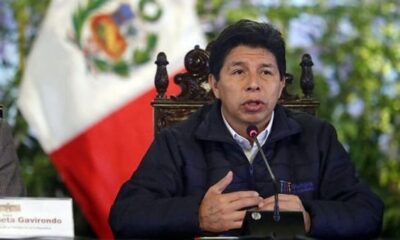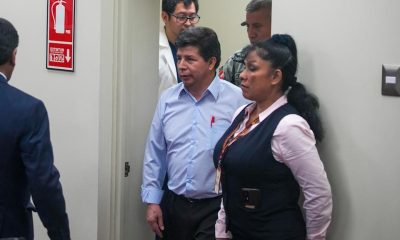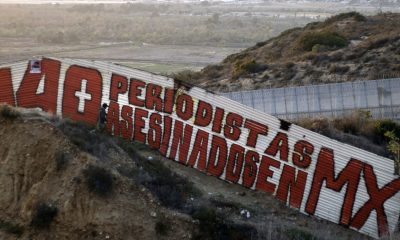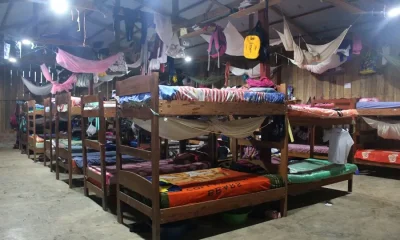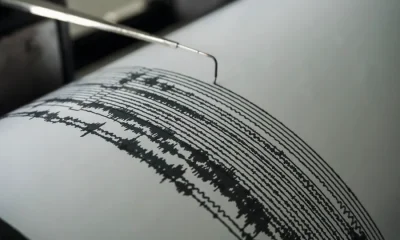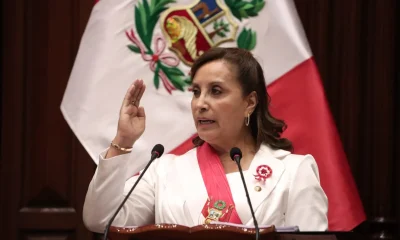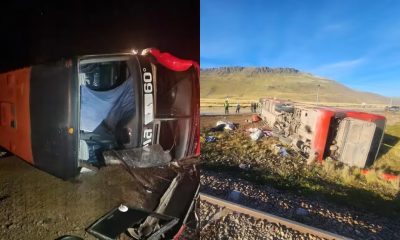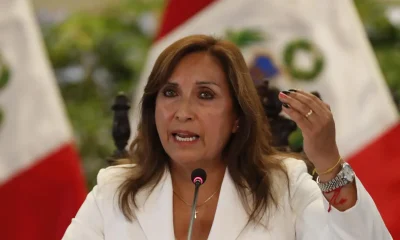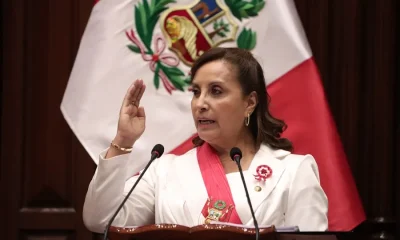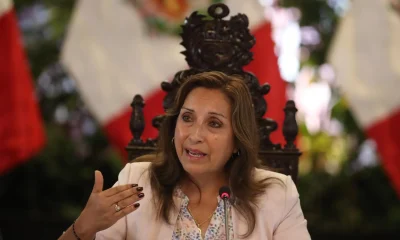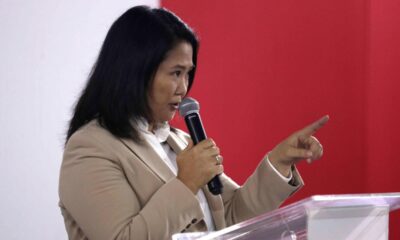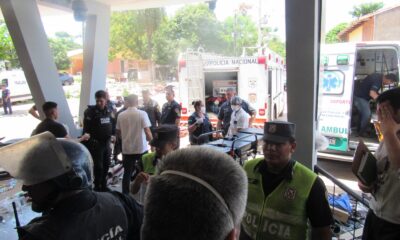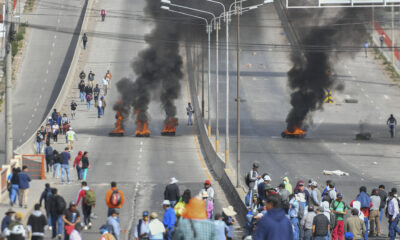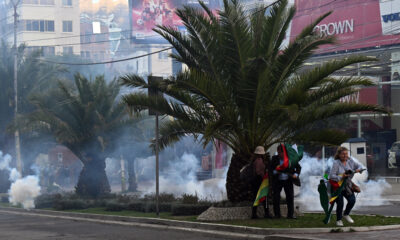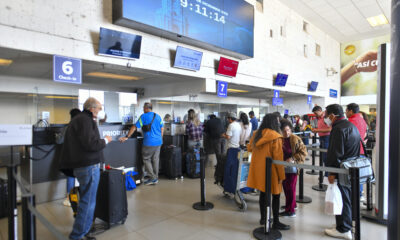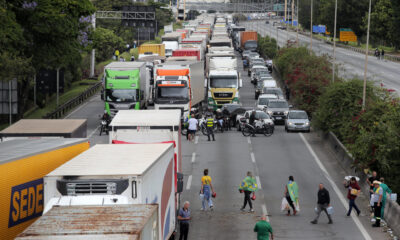International
Peru protesters mourn their dead as clashes continue
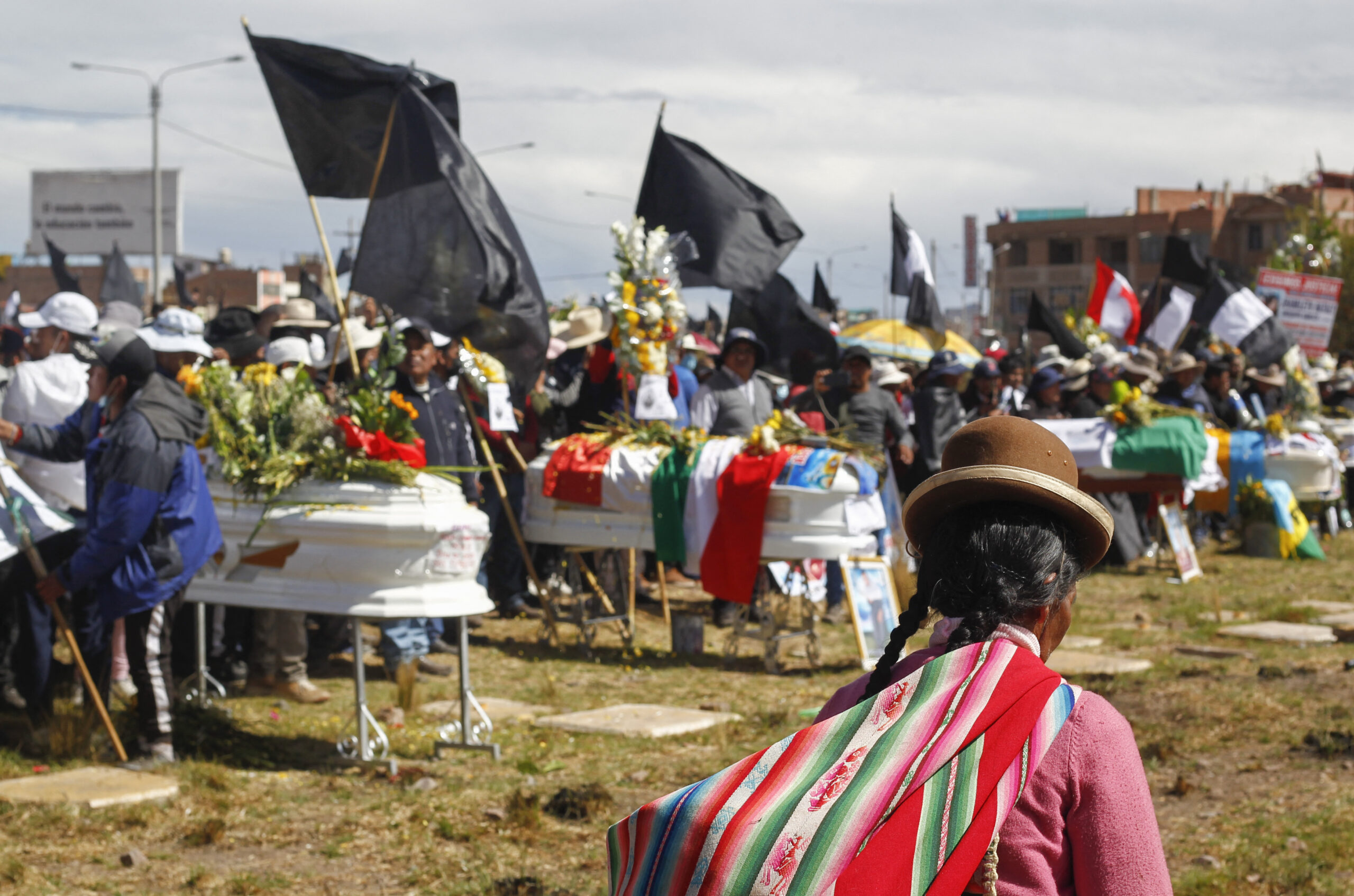
January 12 | By AFP |
Demonstrators in Peru blocked roads and held mass funerals on Wednesday for those killed in violent anti-government protests that have gripped the country for weeks, as the United States called for “restraint” on both sides.
The deadly clashes have spread to the tourist city of Cusco, the ancient capital of the Inca Empire, where one protester was killed Wednesday and more than 30 people, including 19 police officers, were wounded.
In total, at least 41 people have died in more than a month of demonstrations demanding the resignation of President Dina Boluarte, who took over after the ouster and arrest of her predecessor Pedro Castillo on December 7.
The violence has drawn a rebuke from the United Nations, and a delegation from the Inter-American Commission on Human Rights (IACHR) arrived in the country Wednesday to investigate the protests and accusations of political repression.
On Tuesday, Peru’s prosecutor’s office said it was opening a genocide investigation against Boluarte and other top officials as a result of the deaths.
The epicenter of the protests has been in the Aymara region of Puno, on the border with Bolivia, where thousands of residents walked the streets of Juliaca on Wednesday with the coffins of 17 civilians who were killed earlier this week.
Each coffin bore a photograph and was draped in a Peruvian flag.
“Dina killed me with bullets,” read the white coffin of Edgar Huaranca, carried on the shoulders of six family members.
Dominga Hancco held a portrait of her young daughter — shot dead during a protest.
“She was walking and only complained that her belly hurt,” she told AFP. “A few minutes passed and she fell, no one noticed how (the bullet) entered.”
The government has imposed a three-day curfew on the Andean region in a bid to calm the tensions, while also declaring a day of mourning on Wednesday for those killed.
In Cusco, demonstrators tried to reach the city’s airport after mobilizing to demand the president’s ouster.
Police fired tear gas to disperse the crowd, with protesters responding by throwing stones. Some demonstrators held up street signs as shields against projectiles fired by security forces.
The ombudsman’s office said one protester had been killed, identifying him on Twitter as Remo Candia Guevara, the president of a local community group.
“We demand an immediate investigation to find those responsible for the death and proceed to the respective sanction,” it added.
In Arequipa, Peru’s second city, hundreds also marched against the government, while in Tacna, on the border with Chile, an indefinite strike began, marked by episodes of vandalism.
Rights probe launched
The regional governments of Puno and Cusco are demanding Boluarte step down as a first step to resolving the crisis.
Puno began an indefinite strike a week ago to demand the resignation of Boluarte, immediate presidential and legislative elections and the convening of a Constituent Assembly.
The IACHR commissioners were received by Boluarte at the Government Palace, the seat of the Peruvian executive.
“We are going to verify the human rights situation. We regret the loss of human life during the demonstrations,” said head of mission Edgar Stuardo Ralon, whose delegation will remain in Peru until Friday.
They will meet with authorities, victims and their relatives in Lima, Ica and Arequipa.
The United States on Wednesday urged restraint and the minimal use of force, and backed an investigation into the dozens of deaths.
“We recognize the right for peaceful protest and expressing grievances through democratic channels, and call for calm, dialogue and for all parties to exercise restraint and non-violence,” a State Department spokesperson said.
International
Rubio rules out 2028 presidential bid if Vance runs
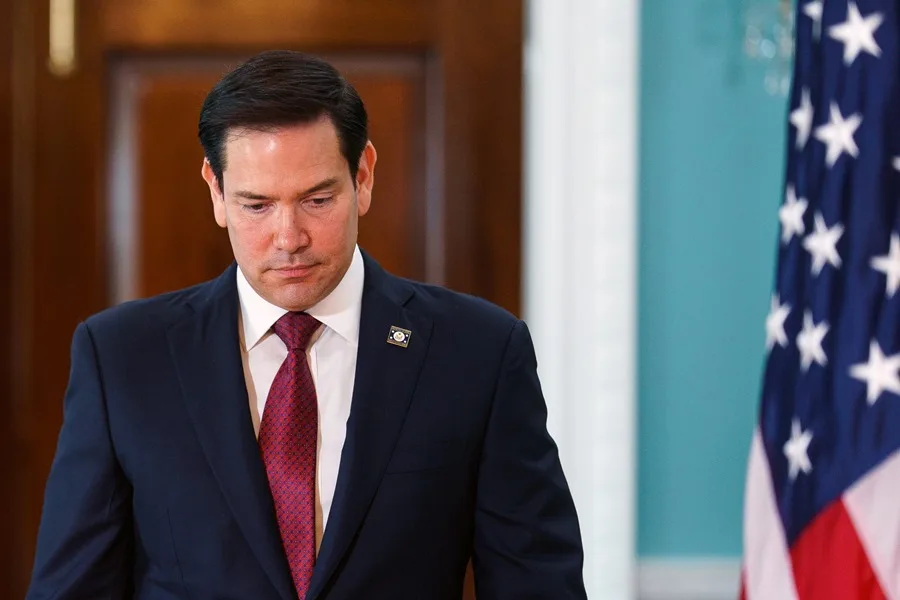
U.S. Secretary of State Marco Rubio said he would not seek the presidency in 2028 if current Vice President JD Vancedecides to run as the Republican nominee to succeed President Donald Trump.
“If JD Vance runs for president, he will be our candidate, and I will be one of the first people to support him,” Rubio said in an interview with Vanity Fair, in which he appeared alongside other senior members of the presidential cabinet.
Rubio, 54, and Vance, 41, are widely viewed as two of the leading Republican figures who could headline the party’s ticket in the 2028 election. Under the U.S. Constitution, Trump is barred from seeking another term after completing two presidential mandates.
In a lighthearted moment during the interview, Vance jokingly offered photographers $1,000 if they managed to make him look better than Rubio in the photos. Both leaders have received public backing from Trump, who last October floated the idea of a joint ticket featuring Rubio and Vance, without clarifying who would lead it.
“I think that if they ever teamed up, they would be unstoppable. I don’t think anyone would run against us,” Trump said at the time.
White House Chief of Staff Susie Wiles, who also took part in the interview, confirmed that Trump does not intend to violate the 22nd Amendment, which prohibits a third presidential term, though she acknowledged that the president is “having fun” with speculation about a possible return to office.
Rubio, the son of Cuban immigrants, served as a Republican senator from 2010 to 2025. He sought the party’s presidential nomination in 2016 but was defeated by Trump after a bruising primary contest. His name was floated as a potential vice presidential pick in 2024, but Vance ultimately secured the spot. After taking office, Trump appointed Rubio as secretary of state, making him the first Latino to hold the position.
International
Authorities search for armed and dangerous suspect in fatal Brown University attack
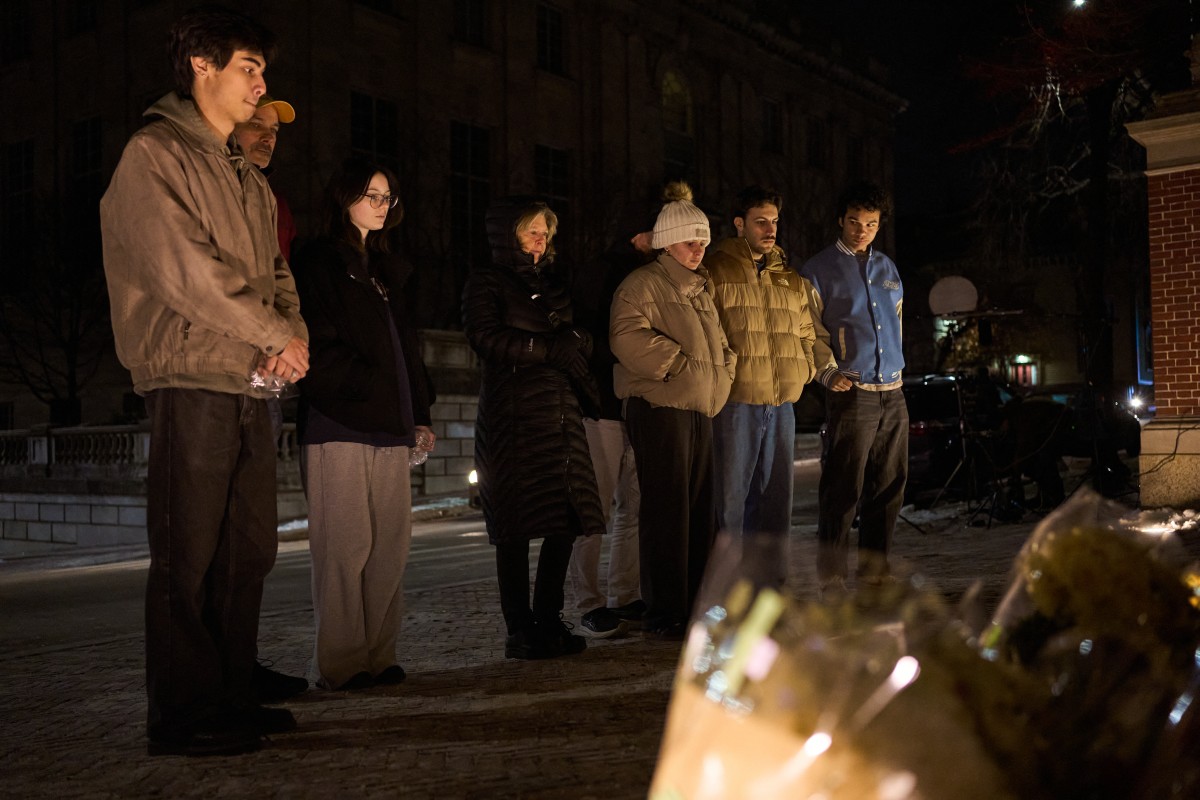
According to the statement, investigators are “seeking the public’s help to identify and speak with an individual” who was seen “near” the suspect at the time of the attack.
The Providence Police Department in Rhode Island released three photos of the person of interest, whose face has been blurred. In the images, the individual is wearing navy blue clothing, what appears to be a green hood, and carrying a light-colored backpack.
Earlier, authorities had released several photos and videos of a suspect described as “approximately 5 feet 8 inches tall, with a stocky build,” dressed in dark clothing, with their face covered by a surgical mask and wearing a beanie. The suspect’s identity remains unknown.
Authorities are offering a $50,000 reward for any information leading to the identification, arrest, and conviction of the person responsible for the killings, who is considered armed and dangerous.
The gunman opened fire on Saturday at Brown University’s engineering and physics building, where exams were being held, killing students Ella Cook and Mukhammad Aziz Umurzokov. The names of the nine people injured have not been released.
International
Police investigate deaths of Rob Reiner and wife as apparent homicide

The Los Angeles Police Department (LAPD) is investigating the deaths of Hollywood actor and filmmaker Rob Reinerand his wife as an “apparent homicide,” amid a wave of tributes to the director of classics such as When Harry Met Sally.
According to U.S. media reports on Sunday, Rob Reiner and Michele Singer Reiner were found dead at their Los Angeles mansion with what appeared to be stab wounds.
Several political figures shared messages of condolence following the reported deaths of the director of A Few Good Menand his wife.
While the LAPD did not officially confirm the identities of the victims, it stated that homicide detectives were dispatched to the Reiner residence.
“At this time, no additional details are available and the investigation into an apparent homicide is ongoing,” the Los Angeles Police Department said in a statement posted on social media.
LAPD Deputy Chief Alan Hamilton told reporters that no arrests have been made and that no individuals are currently being questioned as suspects.
“I’m not going to confirm whether anyone is being questioned at this moment or not. We are going to try to speak with as many family members as we can,” Hamilton said.
CNN reported that a family spokesperson confirmed the deaths of Reiner and his wife.
California Governor Gavin Newsom, former U.S. President Barack Obama, and former Vice President Kamala Harrisissued statements expressing their condolences.
-

 Central America3 days ago
Central America3 days agoPanama seizes over three tons of drugs hidden in Caribbean port container
-

 International3 days ago
International3 days agoPolice investigate deaths of Rob Reiner and wife as apparent homicide
-

 International4 days ago
International4 days agoSeveral people shot in attack on Brown University campus
-

 Central America3 days ago
Central America3 days agoOAS urges swift recount in Honduras as election results remain uncertain
-
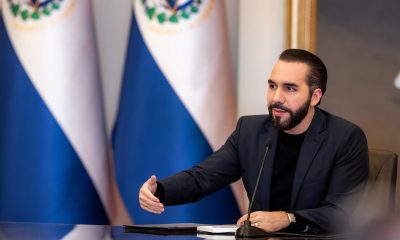
 Central America1 day ago
Central America1 day agoBukele says AI partnership with xAI will transform public education in El Salvador
-
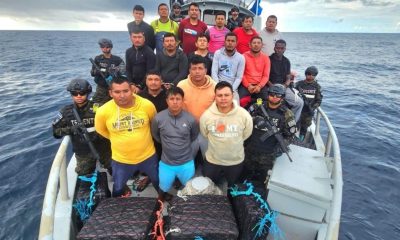
 Central America1 day ago
Central America1 day agoEl Salvador ranks among top countries in the Americas in fight against organized crime
-

 International4 days ago
International4 days agoU.S. and Mexico Reach Deal to Address Water Deficit Under 1944 Treaty
-
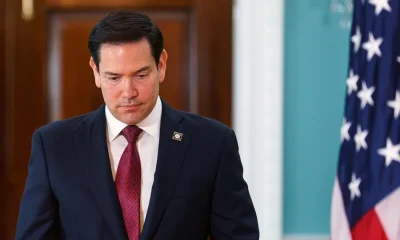
 International10 hours ago
International10 hours agoRubio rules out 2028 presidential bid if Vance runs
-

 Central America10 hours ago
Central America10 hours agoArrests and clashes in Tegucigalpa as vote count continues after Honduras election
-
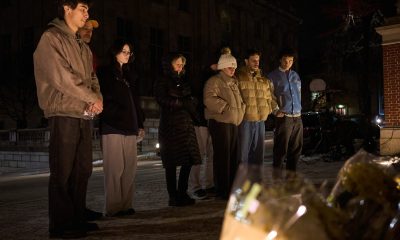
 International10 hours ago
International10 hours agoAuthorities search for armed and dangerous suspect in fatal Brown University attack

























